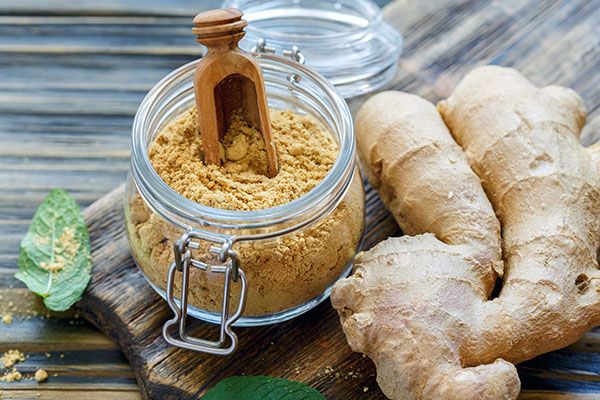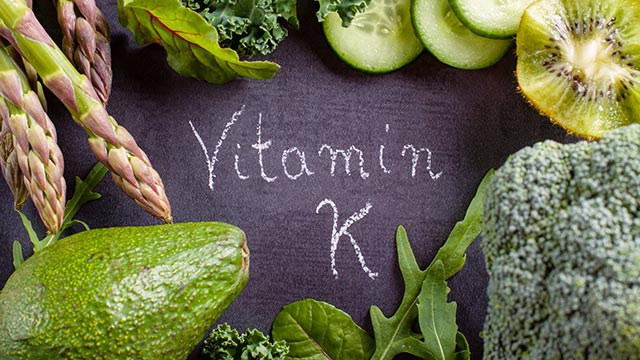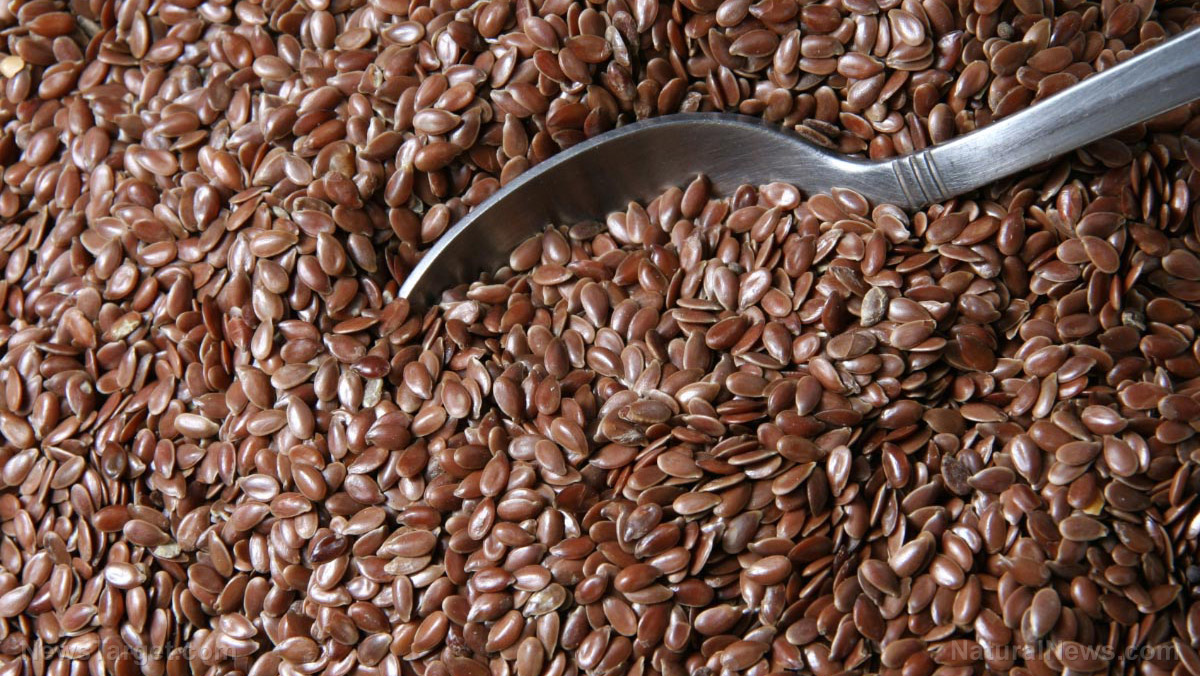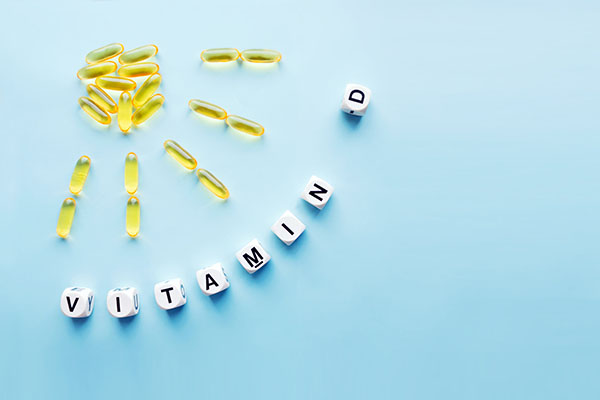 Parler
Parler Gab
Gab
- Fasting plasma glucose
- HbA1C (aka glycated hemoglobin) - a measurement of how much damage is being caused by sugars to red blood cells in the body, reflective of body wide damage caused by chronically elevated blood sugar
- Insulin
- HOMA (the homeostatic model assessment) - which measures insulin resistance and beta-cell function (the pancreatic cells that produce insulin)
- Triglycerides
- Total cholesterol
- C-reactive protein (CRP) - a marker of inflammation
- Prostaglandin E2 (PGE2) - a marker of inflammation
"Ginger improved insulin sensitivity and some fractions of lipid profile, and reduced CRP and PGE2 in type 2 diabetic patients. Therefore ginger can be considered as an effective treatment for prevention of diabetes complications."Ginger Already Proven To Have Anti-Diabetic Properties
 This is, of course, not the first study to establish the value of ginger for diabetes. Simply dropping the two search terms "diabetes" and "ginger" into Pubmed.gov will draw up 63 results. Our database of abstracts on ginger contains a number of gems on its benefit for both type 1 and type 2 diabetes which can be viewed here: Ginger Health Benefits.
Additionally, the research on turmeric (and its primarily polyphenol curcumin) as a diabetes aid is far more plentiful, with 123 results for the search terms "turmeric" and "diabetes," and 252 for "curcumin" and "diabetes," on the National Library of Medicine's Pubmed.gov database. To view our curated research on turmeric's diabetes benefits (as well as for 600 other disorders), view our page on the topic: Turmeric Health Benefits.
How Much Was Used?
The amount of ginger used in the study amounted to 1.6 grams, which is a non-heroic, 'culinary' dose of approximately a quarter of a teaspoon. In the study, participants were given two doses of 800 mg, delivered twice daily, orally through capsules. This dose scheme points to the fact that higher doses does of complex plant extracts within the spice category are not necessarily better, and in fact, in some cases, may actually have effects opposite to the expectation. This study, for instance, found that rosemary at a lower dose (750 mg) improved cognition whereas a higher dose (6,000 mg) interfered with it. The point is that lower doses, as used traditionally in culinary applications, passed down to us through previous generations as 'recipes' (literally: 'medical prescriptions'), may be more effective than higher ones; a perspective that obviously turns conventional pharmacological wisdom and practice on its head. Learn more here.
Other Essential Resources for Type 2 Diabetes
The GreenMedInfo.com database now contains 350 abstracts on 180 natural substances that have been researched to have potential value in the prevention and treatment of type 2 diabetes, and which can be viewed on our Type 2 Diabetes Research page. The resource also includes Problem Substances (e.g. fructose, BPA), Therapeutic Actions (e.g. yoga, low carb diets) and Problematic Actions (e.g. vaccination, microwave cooking) linked to this condition in the published research. We also have a curated health portal on Blood Sugar Problems which aggregates both our research sections on type 1 and type 2 diabetes and our reporting on various studies related to these conditions in greater depth.
Read more at: GreenMedInfo.com
This is, of course, not the first study to establish the value of ginger for diabetes. Simply dropping the two search terms "diabetes" and "ginger" into Pubmed.gov will draw up 63 results. Our database of abstracts on ginger contains a number of gems on its benefit for both type 1 and type 2 diabetes which can be viewed here: Ginger Health Benefits.
Additionally, the research on turmeric (and its primarily polyphenol curcumin) as a diabetes aid is far more plentiful, with 123 results for the search terms "turmeric" and "diabetes," and 252 for "curcumin" and "diabetes," on the National Library of Medicine's Pubmed.gov database. To view our curated research on turmeric's diabetes benefits (as well as for 600 other disorders), view our page on the topic: Turmeric Health Benefits.
How Much Was Used?
The amount of ginger used in the study amounted to 1.6 grams, which is a non-heroic, 'culinary' dose of approximately a quarter of a teaspoon. In the study, participants were given two doses of 800 mg, delivered twice daily, orally through capsules. This dose scheme points to the fact that higher doses does of complex plant extracts within the spice category are not necessarily better, and in fact, in some cases, may actually have effects opposite to the expectation. This study, for instance, found that rosemary at a lower dose (750 mg) improved cognition whereas a higher dose (6,000 mg) interfered with it. The point is that lower doses, as used traditionally in culinary applications, passed down to us through previous generations as 'recipes' (literally: 'medical prescriptions'), may be more effective than higher ones; a perspective that obviously turns conventional pharmacological wisdom and practice on its head. Learn more here.
Other Essential Resources for Type 2 Diabetes
The GreenMedInfo.com database now contains 350 abstracts on 180 natural substances that have been researched to have potential value in the prevention and treatment of type 2 diabetes, and which can be viewed on our Type 2 Diabetes Research page. The resource also includes Problem Substances (e.g. fructose, BPA), Therapeutic Actions (e.g. yoga, low carb diets) and Problematic Actions (e.g. vaccination, microwave cooking) linked to this condition in the published research. We also have a curated health portal on Blood Sugar Problems which aggregates both our research sections on type 1 and type 2 diabetes and our reporting on various studies related to these conditions in greater depth.
Read more at: GreenMedInfo.com
Study reveals how vitamin K helps prevent and treat diabetes
By Evangelyn Rodriguez // Share
How stress, magnesium and disease are linked
By News Editors // Share
By Lance D Johnson // Share
Eating flaxseed may reduce breast cancer mortality by up to 70%
By News Editors // Share
Cleanse, flush, sweat, mobilize, chelate, detox… and heal
By News Editors // Share
Study: Vitamin D supplementation found to reduce the risk of heart attack
By Evangelyn Rodriguez // Share
Governments continue to obscure COVID-19 vaccine data amid rising concerns over excess deaths
By patricklewis // Share
Tech giant Microsoft backs EXTINCTION with its support of carbon capture programs
By ramontomeydw // Share
Germany to resume arms exports to Israel despite repeated ceasefire violations
By isabelle // Share










